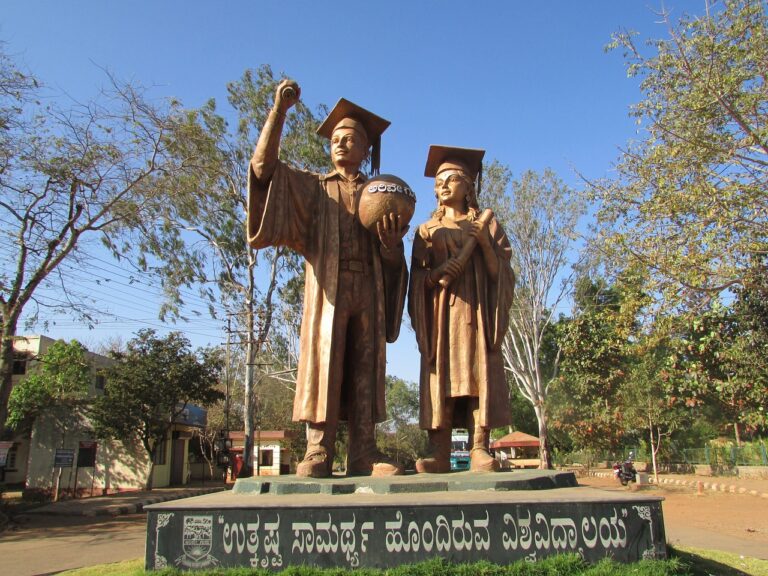Election Violence Prevention: Strategies and Best Practices
In the lead-up to an election, certain warning signs can indicate the potential for violence. Heightened political tensions, inflammatory rhetoric from candidates or supporters, and the presence of organized groups inciting hostility are all red flags. Additionally, instances of voter intimidation, coercion, or suppression can contribute to a volatile atmosphere where conflict may erupt.
Moreover, the dissemination of false information, rumors, and disinformation campaigns aimed at undermining the electoral process can sow confusion and distrust among the population. Social media platforms amplify these messages, making it crucial to monitor and combat the spread of misinformation to prevent it from fueling violence.
Understanding Root Causes of Election Violence
Election violence stems from various complex factors that can escalate tensions within a community or a nation. One significant root cause is the lack of trust in electoral processes and institutions. When citizens doubt the fairness and transparency of elections, it can lead to heightened emotions and potential violence as people feel disenfranchised and marginalized.
Additionally, political polarization plays a critical role in fueling election violence. As parties and candidates become more polarized, their supporters often adopt extreme positions and are less willing to accept electoral outcomes that do not align with their beliefs. This polarized environment can create fertile ground for conflict and violence to erupt during elections.
Building Community Resilience Against Election Violence
Community resilience is crucial in preventing election violence and promoting peaceful democratic processes. One way to build resilience is through fostering strong social cohesion within communities. When individuals feel connected to one another and have a sense of belonging, it creates a foundation of support and solidarity in times of tension or conflict.
Another key aspect of building community resilience is promoting inclusive decision-making processes. When all members of the community feel like their voices are heard and their opinions are valued, it reduces feelings of exclusion and marginalization that can lead to violence. By creating opportunities for dialogue and collaboration among diverse groups within the community, it helps foster trust and mutual understanding, leading to a more peaceful electoral environment.





